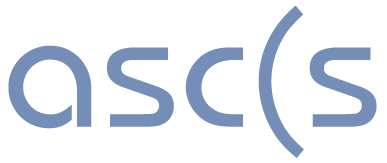
Leveraging Virtual Testing for
NCAP 2026 “Crash Avoidance” and Beyond
10 June 2025 | 3-4 p.m. CEST | online
The NCAP 2026 protocols introduce more stringent requirements for crash avoidance systems, pushing the industry toward broader and more complex testing scenarios. These new standards emphasize Active Safety Performance, evaluating Assisted and Automated Driving (AAD) systems across an extended range of driving conditions. However, traditional proving ground testing faces limitations in scalability, repeatability, and cost, making it increasingly difficult to cover the full range of critical scenarios defined in the Euro NCAP test protocols. In this webinar, Valeo and Ansys will showcase how virtual testing enhances validation efficiency by complementing physical tests. Join us to discover how simulation-driven validation can streamline development, improve system robustness, and prepare the industry for the next generation of safety standards.
AGENDA
10 June 2025 | online
3:00 PM CEST
Welcome & Introduction
Alexander F. Walser | ASCS e.V.
3:05 PM
Leveraging Virtual Testing for
NCAP 2026 “Crash Avoidance” and Beyond
Petr Fomin | ANSYS
Emmanuel Follin | ANSYS
Hector-Ruben Parada | Valeo
Jakub Jelinek | Valeo
3:45 PM
Q&A
Ask the speakers
4:00 PM
End
SPEAKERS
TARGET AUDIENCE
- Validation and Verification (V&V) Engineer
- Simulation Engineer
- Engineering Manager
- Systems Engineer
- Safety Engineer
- ADAS Engineer
- HIL/SIL Engineer
- Test Engineer
- Test Manager
- Product Manager (ADAS/Autonomous Systems)
- Technical Program Manager
- Project Lead – Vehicle Safety Systems
- Toolchain Integration Engineer
KEY TAKEAWAYS
- Understand the impact of NCAP 2026 protocols on the development and validation of crash avoidance and AAD (Assisted and Automated Driving) systems.
- Discover the limitations of traditional physical testing and why it falls short under the new Euro NCAP requirements.
- Learn how virtual testing and simulation enhance coverage, scalability, and efficiency in system validation.
- See how Valeo and Ansys integrate simulation with physical testing to streamline development and improve system robustness.
- Gain insights into preparing your safety systems for compliance with the next generation of active safety standards.



